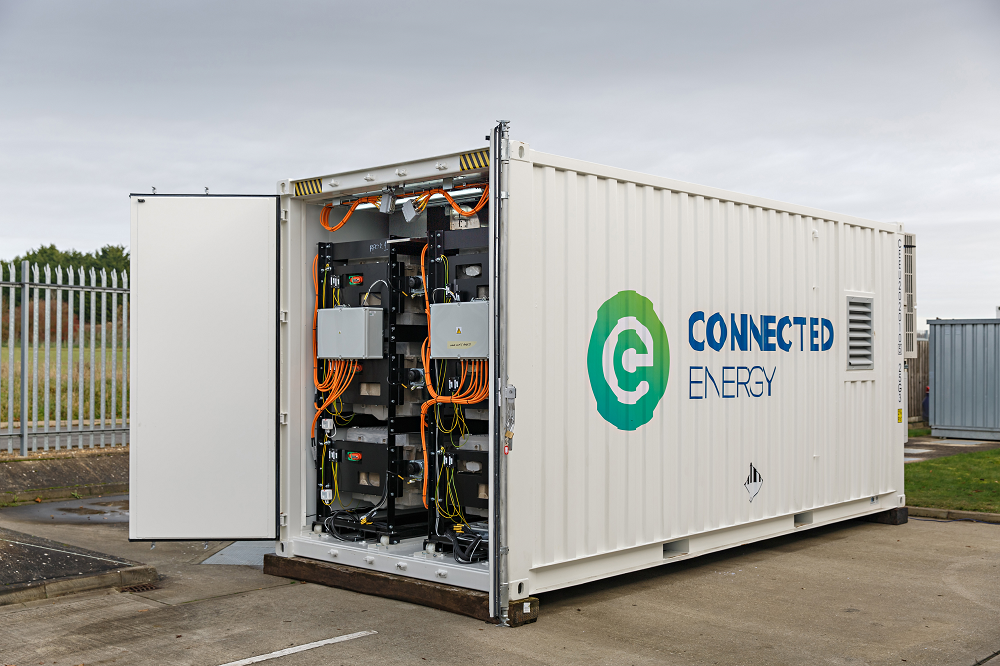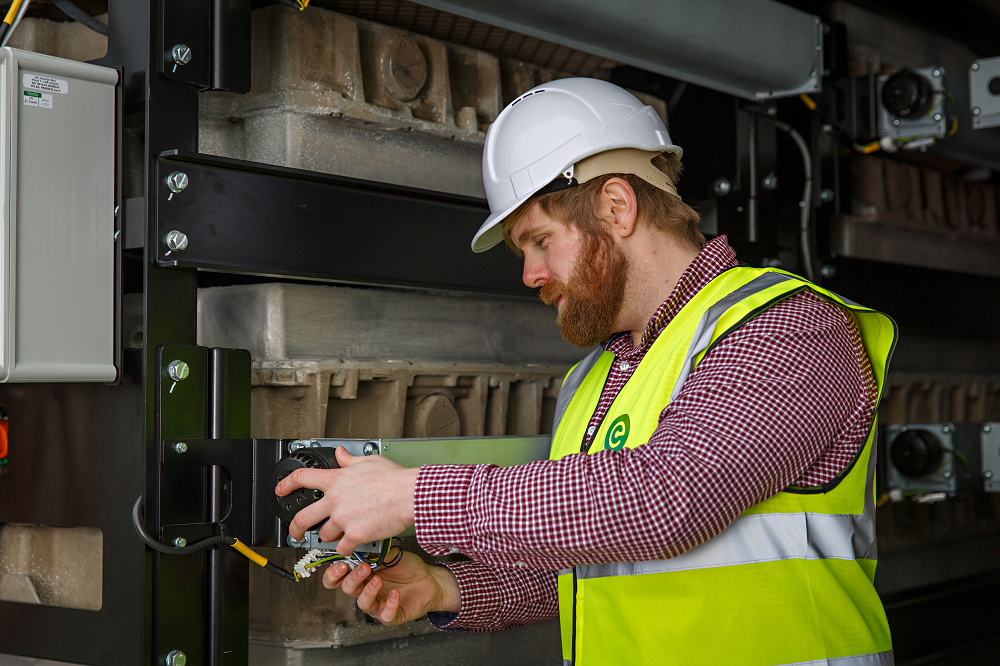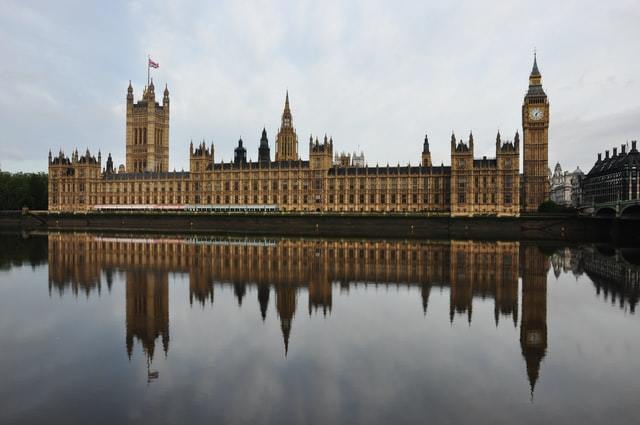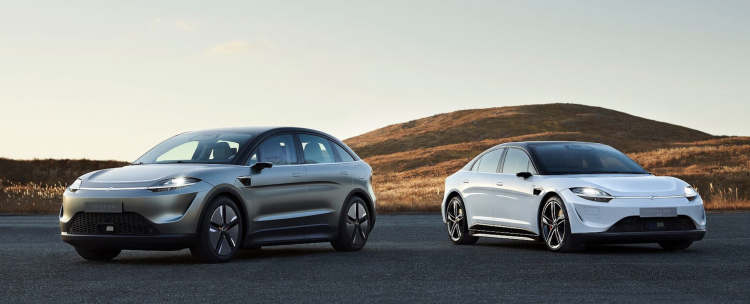Energy Transition Update - BESS

In a new regular feature, guest editors and writers will bring news from around the world on the present energy transition that is now taking place. This instalment looks at how a BESS can solve potential EV charger problems, following the recent announcements that buildings such as supermarkets and workplaces need to install electric vehicle charge points from 2022.
EV charging for facilities managers – how to avoid shocking problems
Branded the ‘decade of delivery’, the government announced new legislation which will require large organisations to install charging points from next year. It has also pledged that up to 145,000 extra charge points for electric vehicles will be installed across England each year.
FMs will need to address this issue very soon, or be in for a nasty shock when it comes to their energy supply or bill.
Matthew Lumsden, CEO of Connected Energy answers some of the questions he is asked most often about the implication of installing EV chargers.
What are the options if our site is already maxxing out its energy supply?
Where sites are grid constrained, with an electricity connection which isn’t large enough to supply more energy, a battery energy storage system (BESS) is the solution. A BESS can be a cheaper and greener solution than upgrading network supplies to overcome grid constraints.
The National Grid has described battery storage technology as “essential to speeding up the replacement of fossil fuels with renewable energy. Battery storage systems will play an increasingly pivotal role between green energy supplies and responding to electricity demands”.
How will the BESS provide clean energy?
A 300 kW BESS housed in one container can manage the grid supply to a cluster of EV chargers. It can store energy at times when the electricity supply is cheaper, or that has been generated from renewable sources.
Even better is when the premises has an array of solar panels and the solar energy is stored in the BESS and used to help supply the EV chargers.
The battery supply chain is already stretched, where will these extra batteries for storage systems come from?
Battery storage units can be made from used EV batteries, giving a vital second life to the batteries.
Of course, the BESS doesn’t have to be made from second life batteries and there are plenty around the world made from new batteries. But the battery supply chain is already stretched with energy storage systems competing with car manufacturers for new batteries already in short supply - second life use adds capacity as well as sustainability.
How long will the BESS last and what is the carbon saving?
A BESS installed today is expected to be operational until 2042. During that time its batteries will need to be switched out a few times, at intervals of around seven years in a second life system, or ten for brand new batteries.
Research conducted by Lancaster University proves that using a first life 360 kWh BESS can give a benefit of 329 tonnes of CO2 emissions over the life of the system, a second life BESS gives a benefit of 473t CO2e.
The second life system therefore saves an additional 144t CO2e. This is a massive contribution to CO2 savings which any organisation with carbon reduction or ESG targets will be hard pressed to achieve in any other way.

If batteries aren’t fit for vehicles, how are they fit for battery storage systems?
Batteries are improving in quality all the time, so range is increasing all the time, but the point at which they are considered no longer fit for life in a vehicle is when they reach ~75% State of Health (SoH).
Batteries do not have to be discarded when they reach 75% SoH however. They still have significant charge capacity and can be used in battery energy storage systems (BESS) until the battery reaches 50% SoH. This could mean up to ten years’ more life for that battery .
Once the batteries are in use in the BESS, they are monitored individually on a real time basis to ensure that both the cells and battery management systems are working as they should. If any anomalies are identified the battery is isolated, powered down and an engineer is alerted. Individual batteries can be isolated while the remaining system continues to operate.
If this solution is so great, why isn’t everyone doing it?
Using EV batteries to manage and store energy at EV charging points has been described as a ‘no brainer.’ Germany, Belgium, and the Netherlands are already doing it and a few places in the UK have seen the light.
Dundee City Council named ‘Europe’s Most Visionary Electric Vehicle City’ was the first place in the UK to install BESS at EV charging points, with each unit being made from used Renault Kangoo batteries.
The UK government recently awarded National Highways £11 million to invest in energy storage for rapid motorway EV charging, so the solution is now being widely adopted.
Cranfield University has just commissioned the UK’s largest BESS system using entirely second life batteries. The university will install three 300kW battery storage units each housing 24 second-life Renault Kangoo car batteries across its campus in Bedfordshire.
Its system is being installed to allow the university to completely reimagine how energy is balanced on its site. It will be able to make greater use of renewable energy from solar panels, reduce the use of fossil fuels and switch to new systems such as air heat source pumps.
Making sense of the circular economy
BESS at large premises and EV charging stations will be made from both first and second life batteries in the future but with 30 million electric cars on the road by 2030, the need to maximise the use of the batteries is clear.
Connected Energy uses second life batteries in storage units, and at present relatively low volumes of batteries are moving through to recycling. With increased volume and efficiencies of logistics and process, and the introduction of tools like battery passports, expect to see many more BESS sitting alongside EV charging stations in future.
What do FMs need to know about this/what is the impact on operations?
FMs can approach their energy supplier to explore options including a review of energy consumption patterns and potential savings which could be made.
Connected Energy has drawn up a list of five signs which indicate a site would benefit from the BESS, including:
- An annual energy bill of over £100K
- Installation of new equipment that will increase energy consumption
- A need to reduce carbon footprint
- Installation of solar panels
- Switch from carbon offsetting
A site audit is also required to assess whether enough space is available to install a unit, each one of Connected Energy’s 300kW battery storage units is in a standard metal shipping container. Disruption to a site should be much less than the work required to installing a new energy transformer and cables, and less expensive too.
No wonder battery assets have been heralded as the green transition superpower.
Article written by Matthew Lumsden, CEO, Connected Energy | Published January 2022





